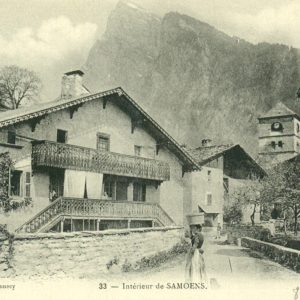
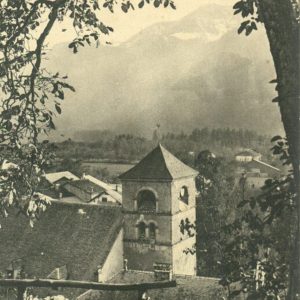
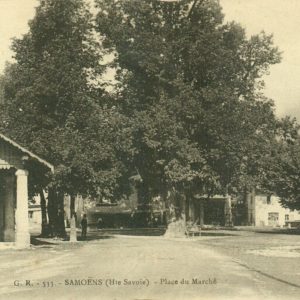
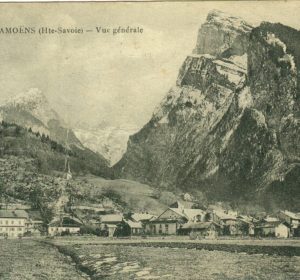
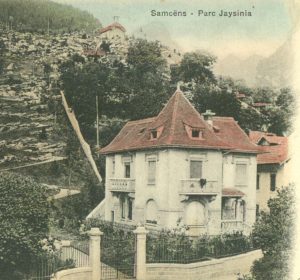
Marie-Louise Jaÿ, born in 1838 in the village, is an important figure in the history of Samoëns. She left for Paris when she was 16, and married Ernest Cognacq. Together, they created the La Samaritaine store.
However, Marie-Louise Jaÿ remained attached to Samoëns and decided to finance the renovation of several buildings, including the village church. In love with the heritage of her native town, she finances the construction of other buildings such as the doctor’s house, which has become the museum space.
Above all, she had the idea of creating the Botanical Garden, a space then unique in its kind, intended for walks and later for science, measuring 3.7 hectares. Today this park has more than 2,500 species of plants. At the time, this creation was intended to attract large families for their resorts, English mountaineers (like Alfred Wills) and Genevans attracted by nature (arrived by train), and especially to bring them back every year. . We can thus say that Marie-Louise Jaÿ was a pioneer in tourism, she had detected the potential held by these places.
At that time, the village of Samoëns was linked to Annemasse by a train line, the CEN. From the beginning of the 20th century, the city then tried to develop the practice of skiing and tried to attract tourists thanks to its mountains, in particular by developing guide services.
The inhabitants of Samoëns are called the “Septimontains” in reference to the 7 mountain pastures which surround the village. Once neglected, these mountain pastures are now coming back to life thanks to an attraction for agriculture. It is therefore possible to visit these historic mountain pastures that are significant for the valley. By discovering these places, one can imagine the life of yesteryear and enjoy a breath of fresh air.
Samoëns also persists in its tradition of stone sculpture, thanks to its twinning with the town of Fordongianus in Sardinia which also has great expertise in this area. You can also see the particular sculptures of this Italian village in Samoëns, which are distinguished by their pink stone.
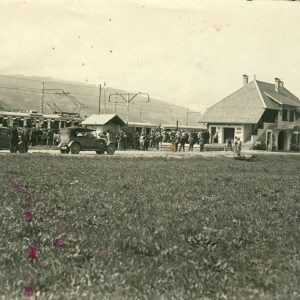
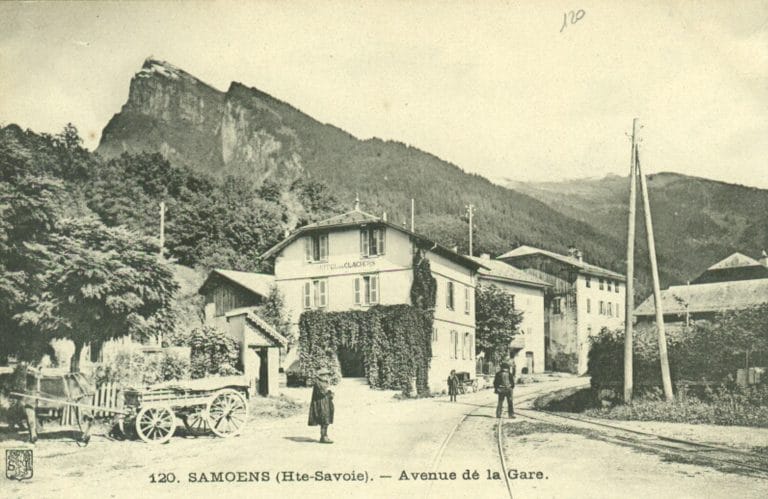

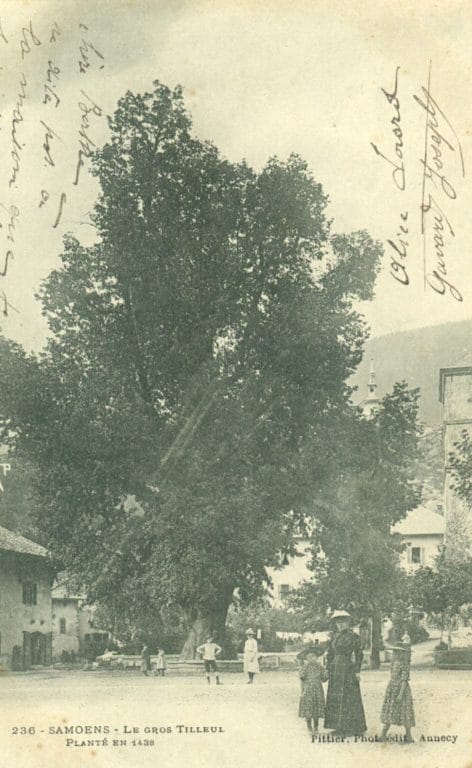
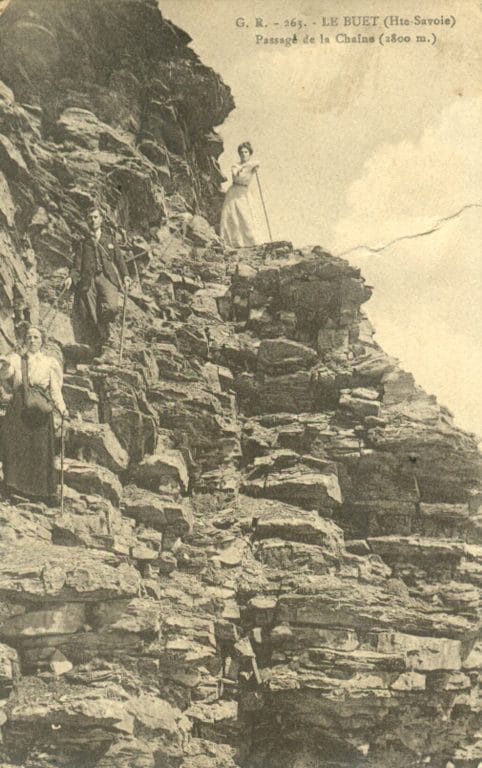
Office de Tourisme de Samoëns
66, place de l’Office de Tourisme
74340 SAMOENS
Tél. : +33 (0) 4.50.34.40.28
Mail : infos@samoens.com
Open each days from 9am to 12am and from 14.30pm to 18.30pm..